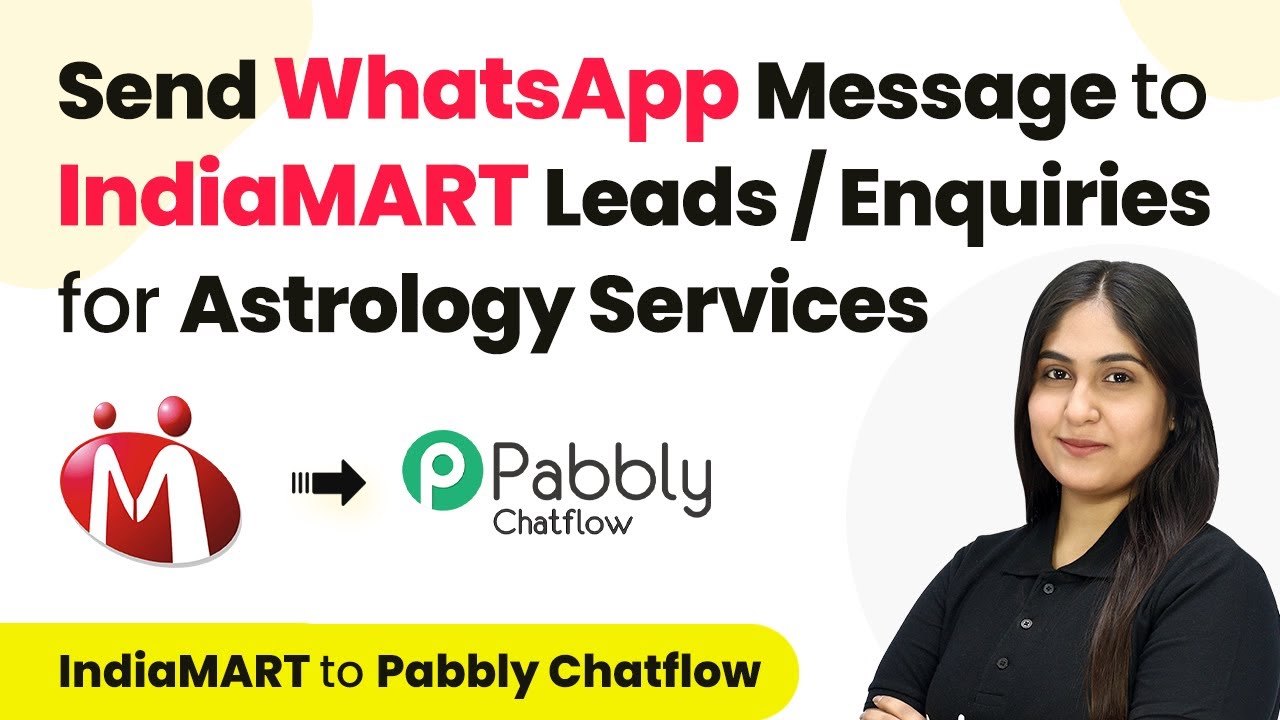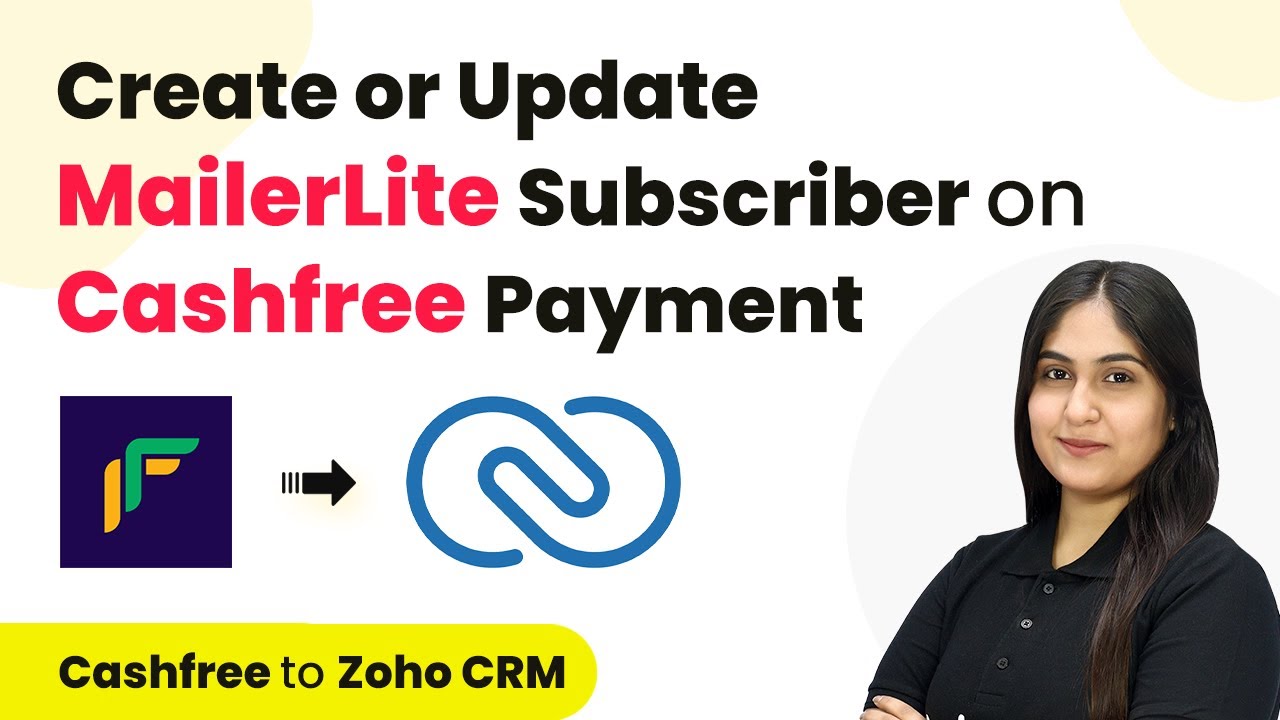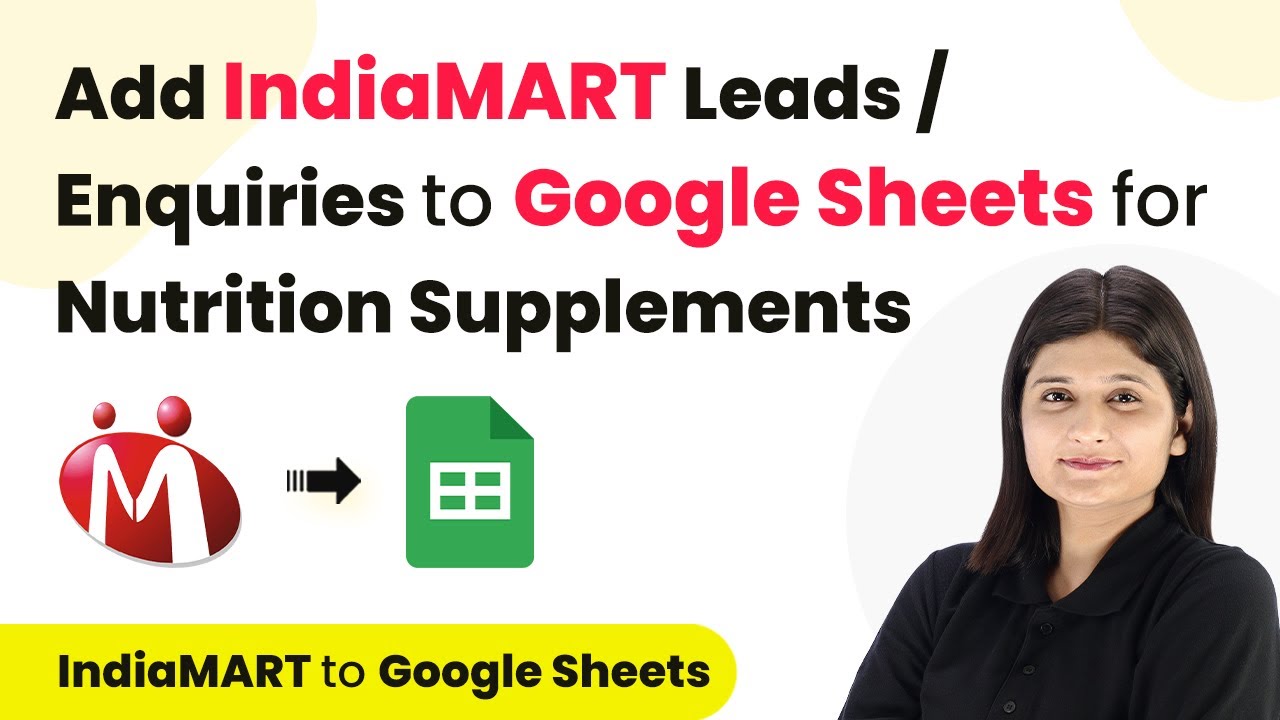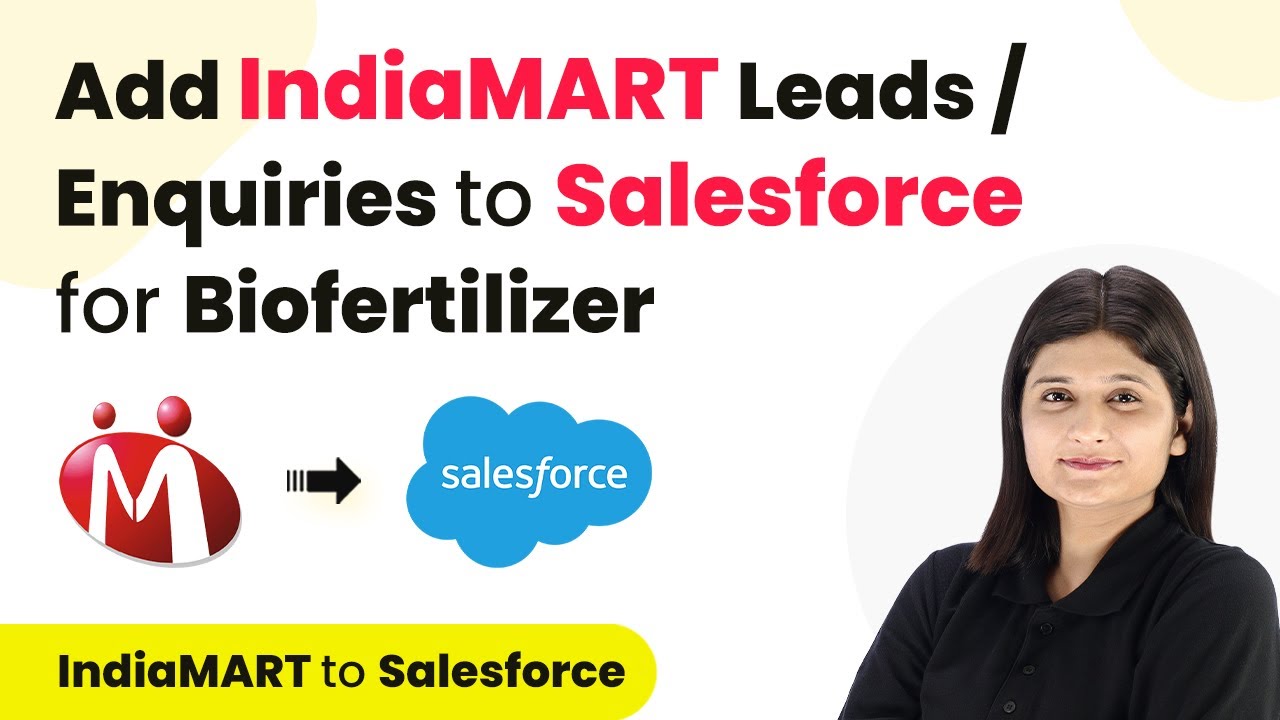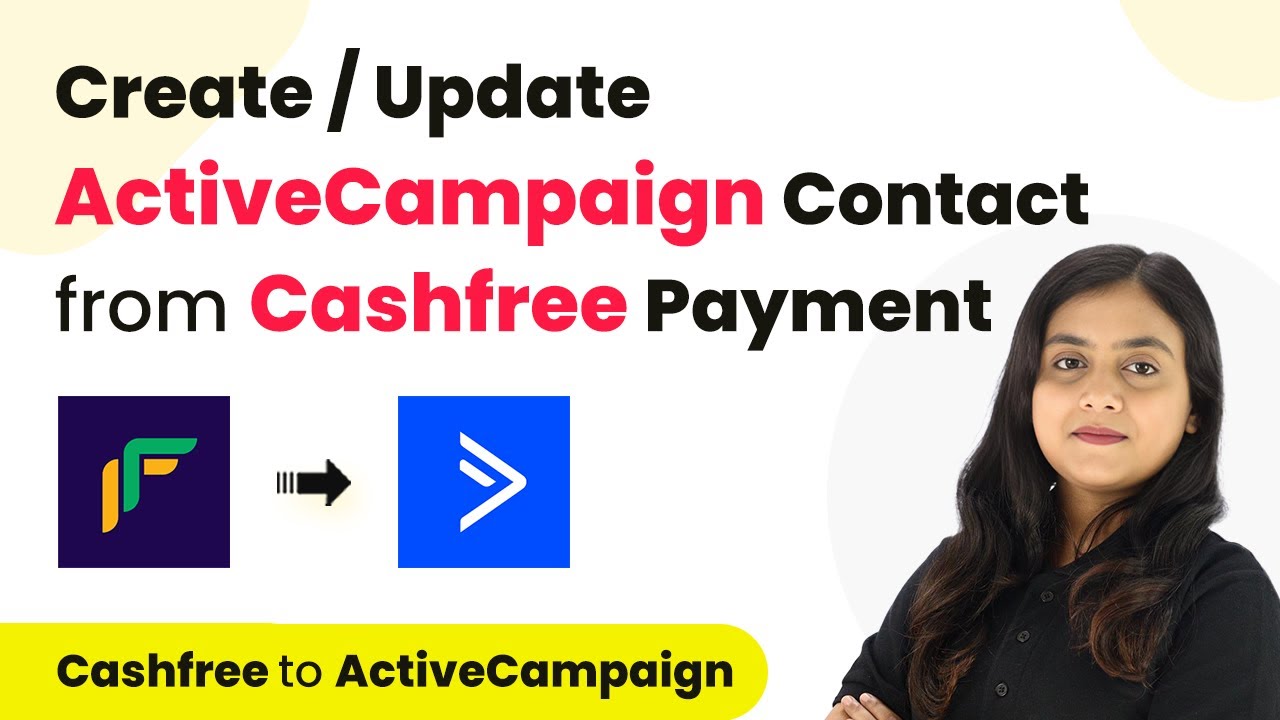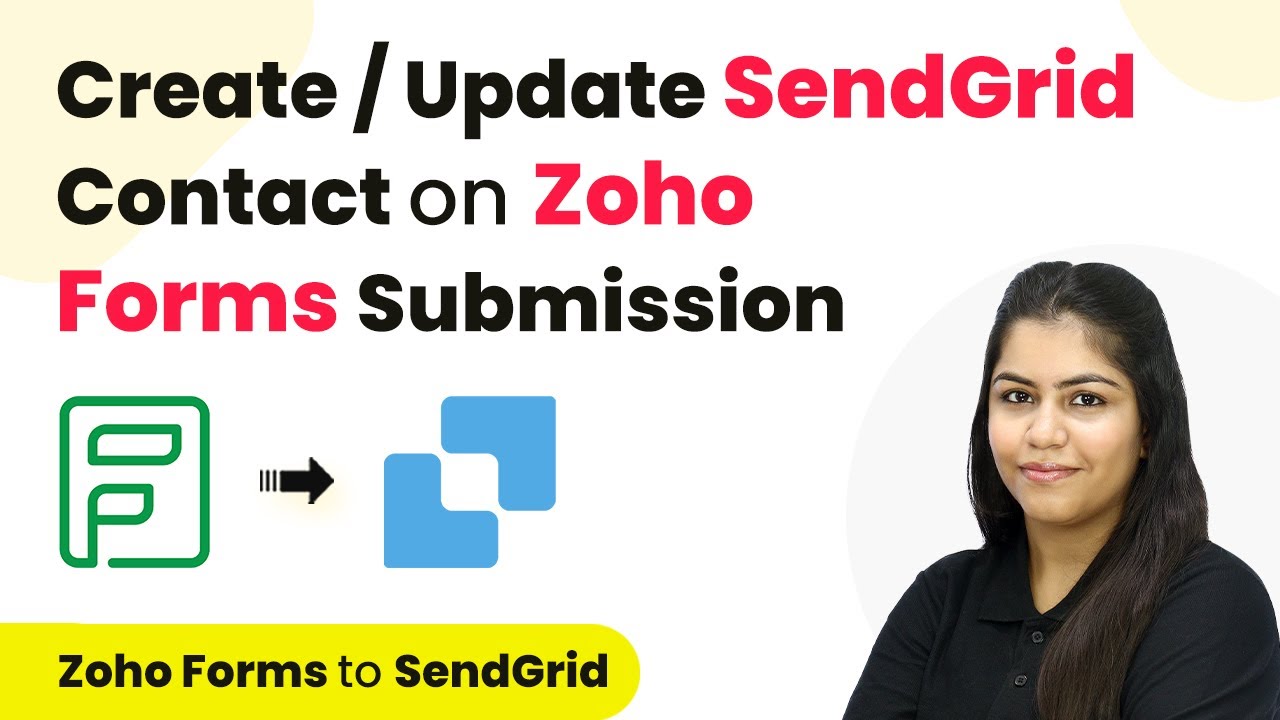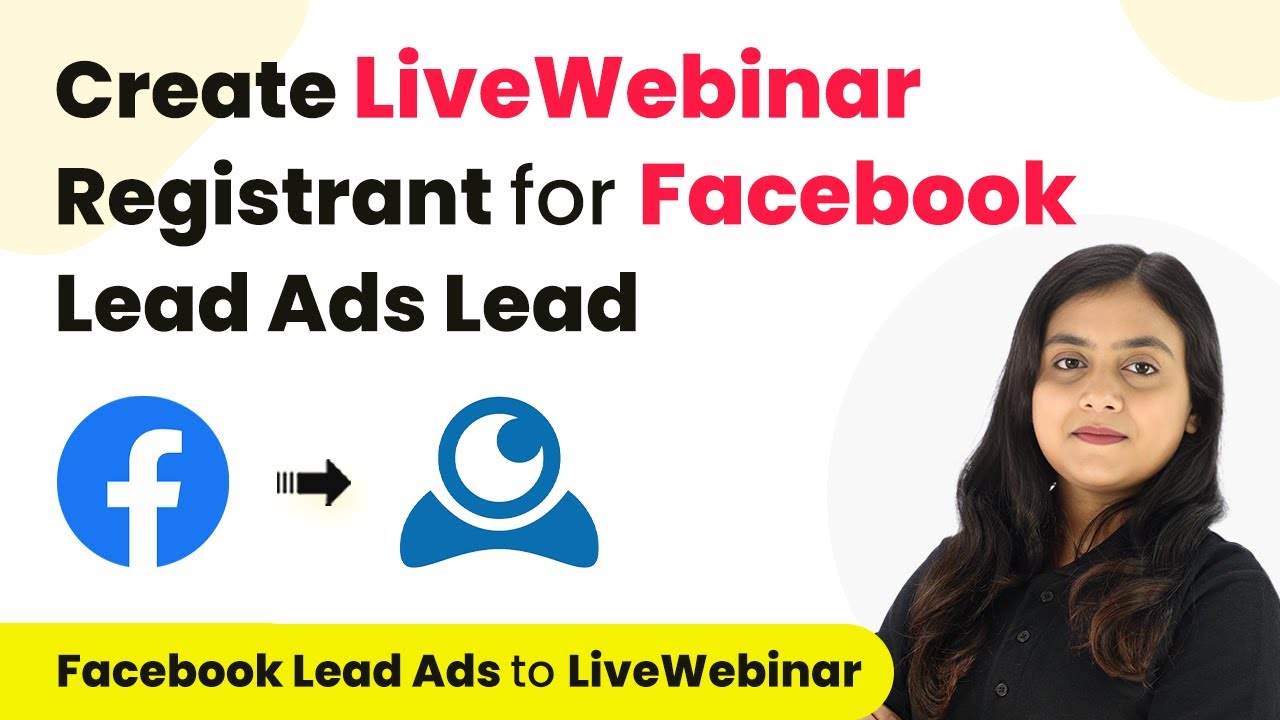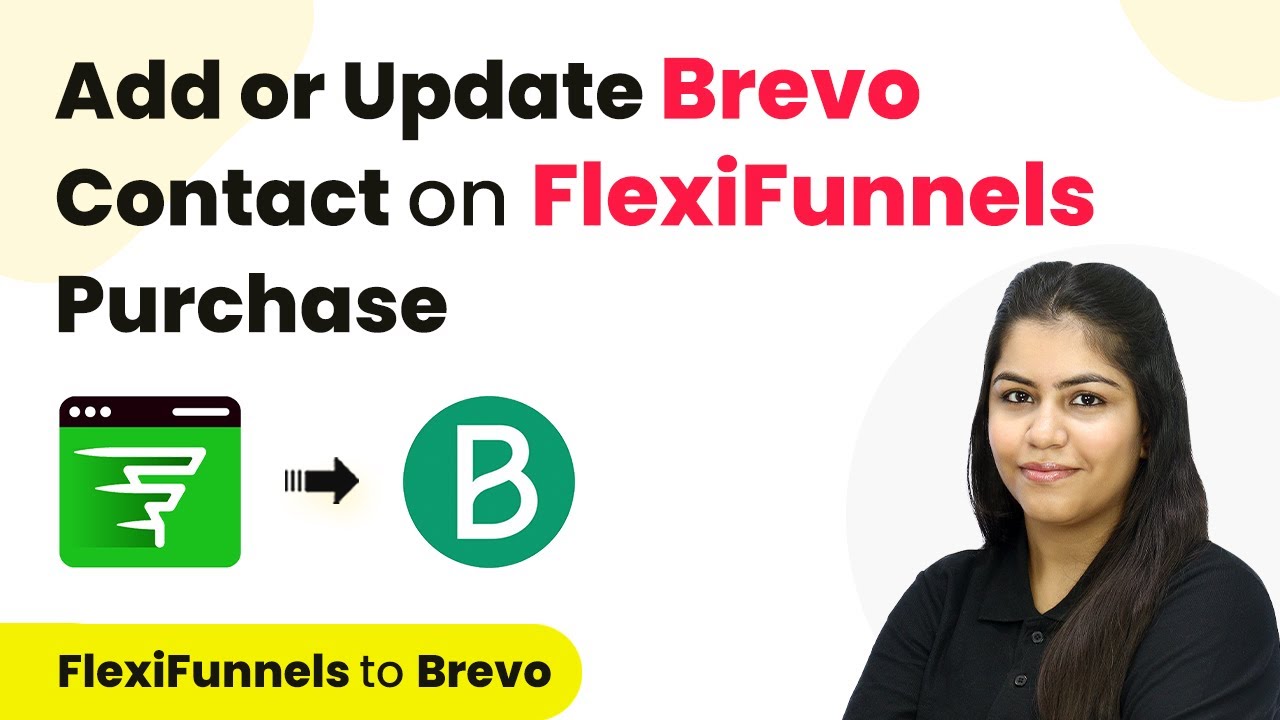Learn how to seamlessly enroll ThriveCart Learn users on FlexiFunnels purchases using Pabbly Connect with this step-by-step tutorial. Revolutionize your productivity approach with just a few strategic clicks. Uncover professional methods for connecting applications and creating workflows that reclaim hours of your week.
Watch Step By Step Video Tutorial Below
1. Setting Up Pabbly Connect for FlexiFunnels and ThriveCart Learn Integration
To start the integration process, you need to access Pabbly Connect. This platform allows you to automate workflows by connecting different applications seamlessly. First, visit the Pabbly Connect homepage and sign in or create a new account.
Once logged in, navigate to the dashboard where you can create a new workflow. Click on the ‘Create Workflow’ button at the top right corner and give your workflow a name, such as ‘Enroll ThriveCart Learn User on FlexiFunnels Purchase.’ Ensure that you save this workflow in an appropriate folder for easy access.
2. Configuring the Trigger in Pabbly Connect
In this step, you will set up the trigger for your workflow using Pabbly Connect. Select ‘FlexiFunnels’ as the trigger application and choose ‘New Purchase’ as the trigger event. This means that every time a new purchase is made on FlexiFunnels, it will initiate the workflow.
- Select ‘FlexiFunnels’ as your trigger application.
- Choose ‘New Purchase’ as the trigger event.
- Copy the generated webhook URL provided by Pabbly Connect.
Next, you need to set this webhook URL in your FlexiFunnels account. Go to your FlexiFunnels product settings, select the product you are selling, and navigate to the ‘Set Rules’ section. Here, you will create a new rule that connects to the webhook URL you copied from Pabbly Connect.
3. Testing the FlexiFunnels Purchase Integration
After setting up the trigger, it’s essential to test the integration to ensure it works correctly. Make a test purchase on your FlexiFunnels page using dummy data. Fill in the necessary details such as first name, last name, email, and payment information, then complete the order.
Once the test purchase is successful, return to your Pabbly Connect dashboard. You should see a successful webhook response indicating that the purchase data has been captured, including transaction ID, product details, and customer information.
4. Configuring the Action in Pabbly Connect
Now that you have successfully set up the trigger, the next step is to configure the action using Pabbly Connect. Select ‘ThriveCart Learn’ as the action application and choose ‘Create New Student’ as the action event. This action will ensure that every new purchase made on FlexiFunnels will automatically enroll the buyer as a student in ThriveCart Learn.
- Select ‘ThriveCart Learn’ as your action application.
- Choose ‘Create New Student’ as the action event.
- Connect your ThriveCart Learn account using the API key.
To find your API key, log in to your ThriveCart Learn account, navigate to settings, and generate a new API key. Copy this key back to Pabbly Connect to complete the connection. Next, map the necessary fields such as email, first name, and course ID from the trigger step to ensure the correct data is sent to ThriveCart Learn.
5. Finalizing the Automation Process
With the action step configured, it’s time to finalize your automation using Pabbly Connect. After mapping all necessary fields, click on the ‘Save and Send Test Request’ button to check if the integration works as expected. If successful, you will receive a confirmation response indicating that a new student has been created in ThriveCart Learn.
To verify, log into your ThriveCart Learn account and check the ‘My Students’ section. You should see the newly created user corresponding to the test purchase made through FlexiFunnels. This confirms that your automation is working correctly and that students are being enrolled seamlessly.
Conclusion
In this tutorial, we explored how to enroll ThriveCart Learn users automatically when purchases are made on FlexiFunnels using Pabbly Connect. This integration streamlines the process, ensuring users receive instant access to their courses without manual intervention. By following these steps, you can easily set up a similar workflow for your business needs.
Ensure you check out Pabbly Connect to create business automation workflows and reduce manual tasks. Pabbly Connect currently offer integration with 2,000+ applications.
- Check out Pabbly Connect – Automate your business workflows effortlessly!
- Sign Up Free – Start your journey with ease!
- 10,000+ Video Tutorials – Learn step by step!
- Join Pabbly Facebook Group – Connect with 21,000+ like minded people!

